More aero gear for road stages at this year's Tour
The UCI's minimum weight limit of 6.8kg has had a number of interesting effects on bikes used in the...
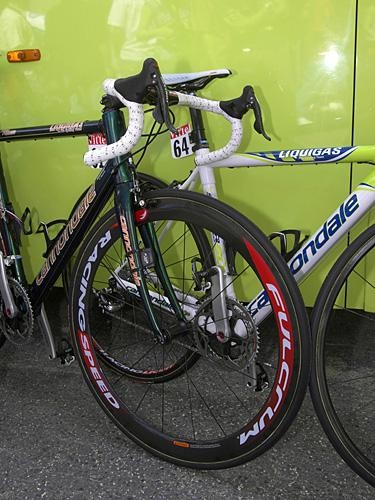
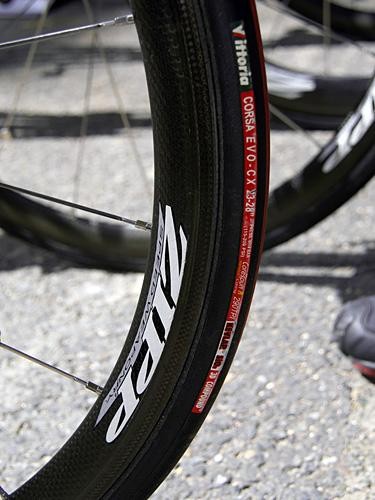
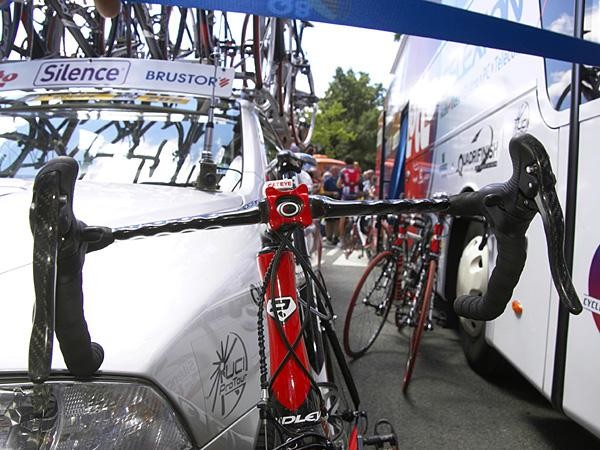
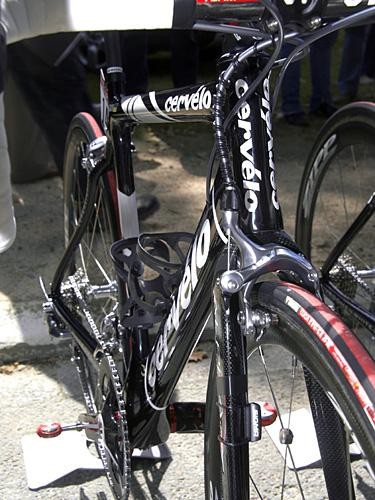
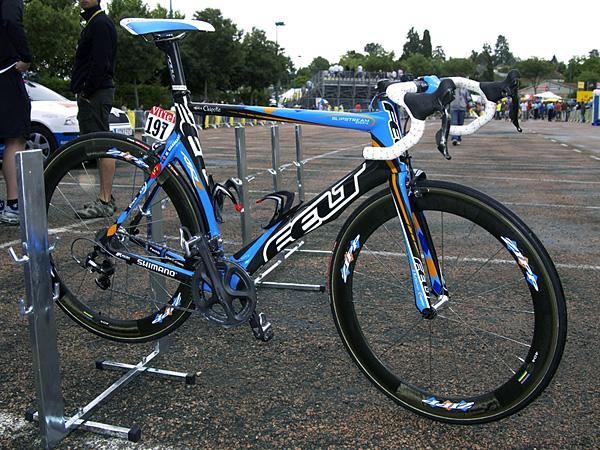
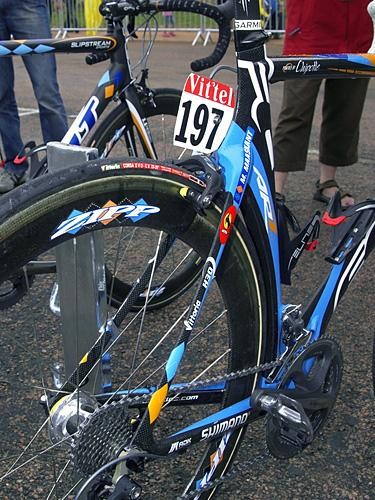
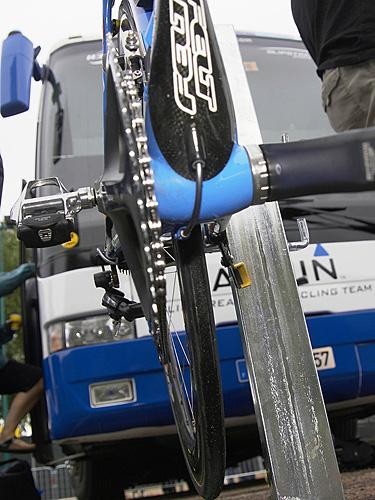
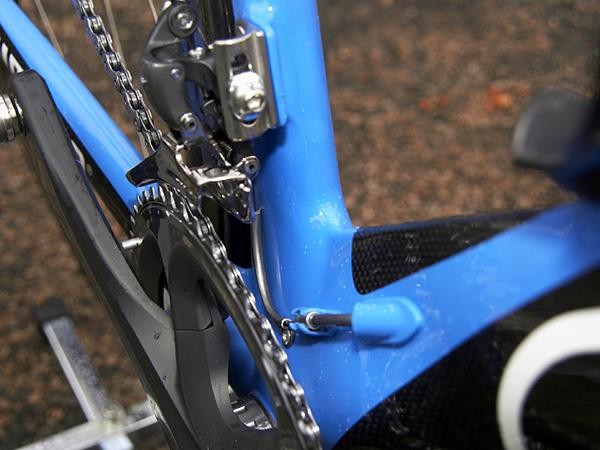
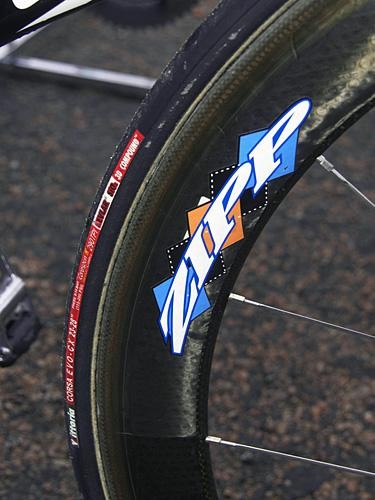
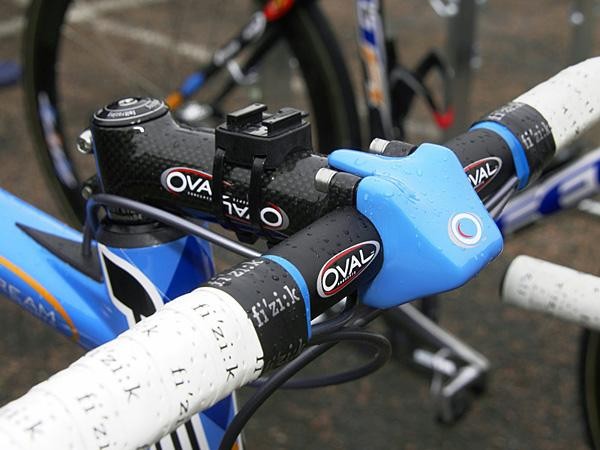
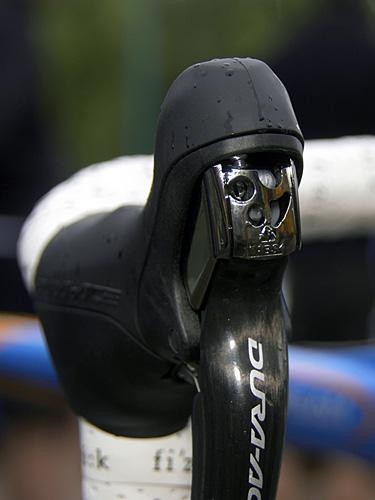
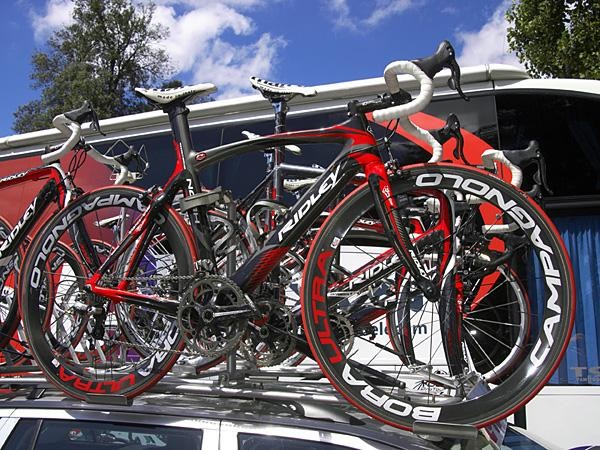
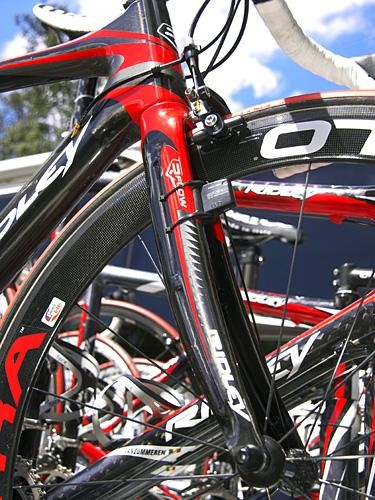
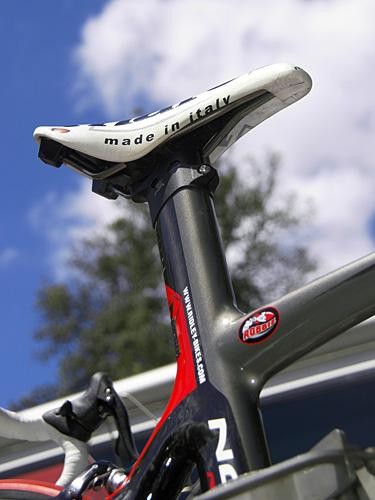


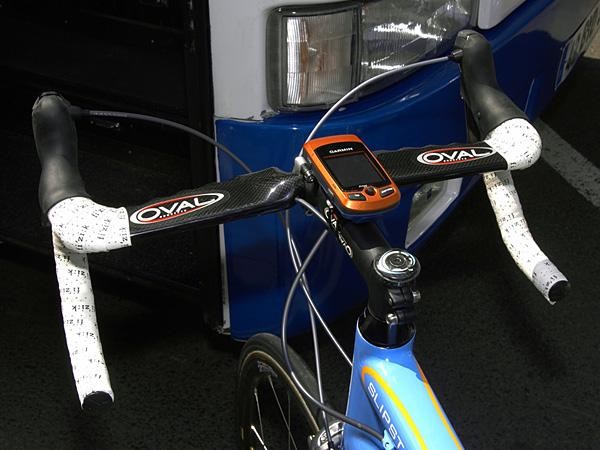
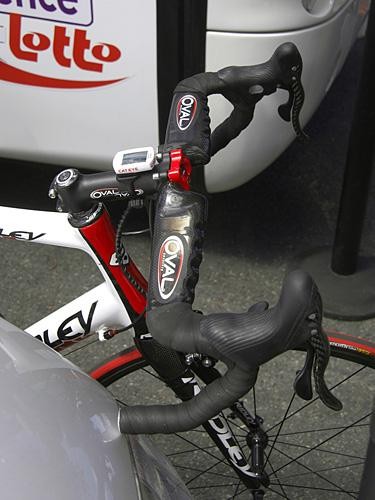

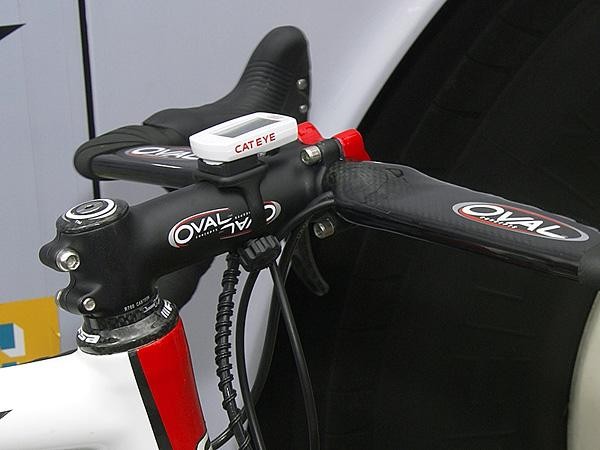

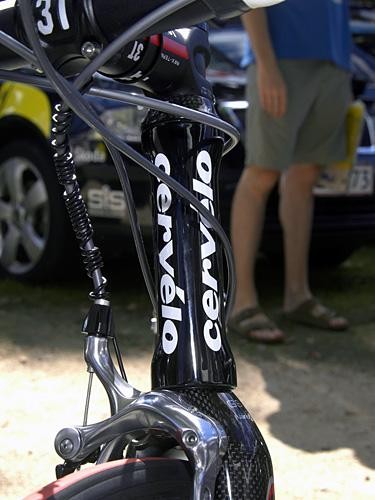

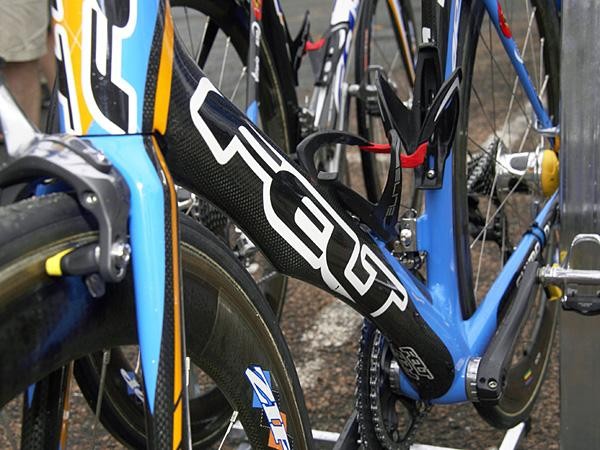
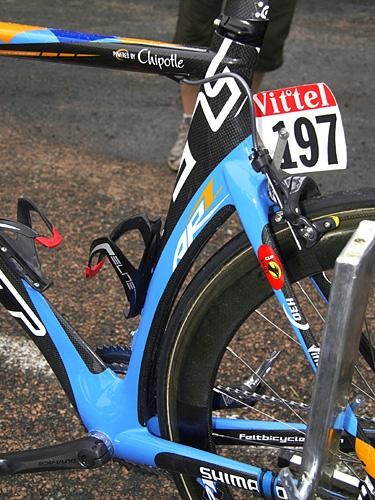
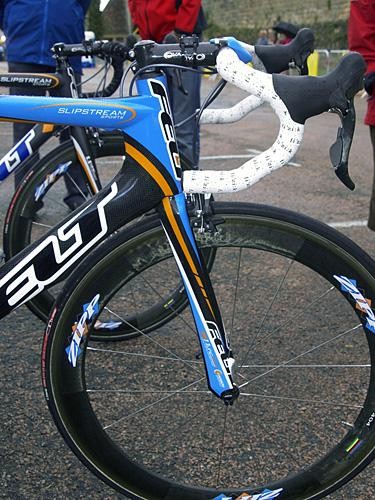

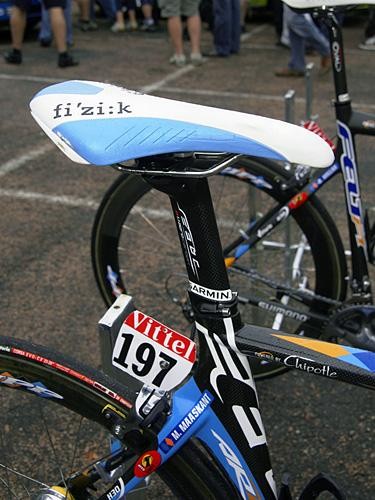
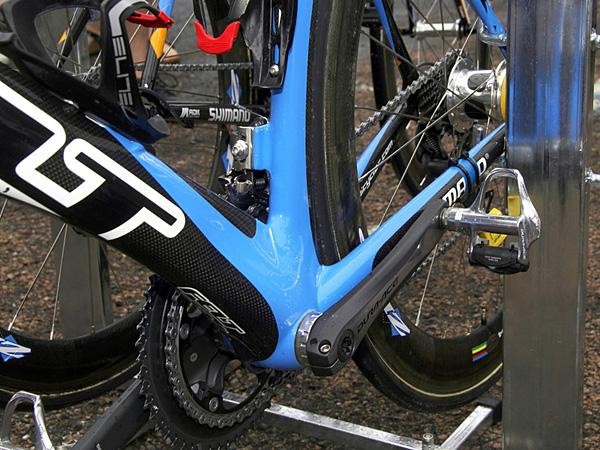
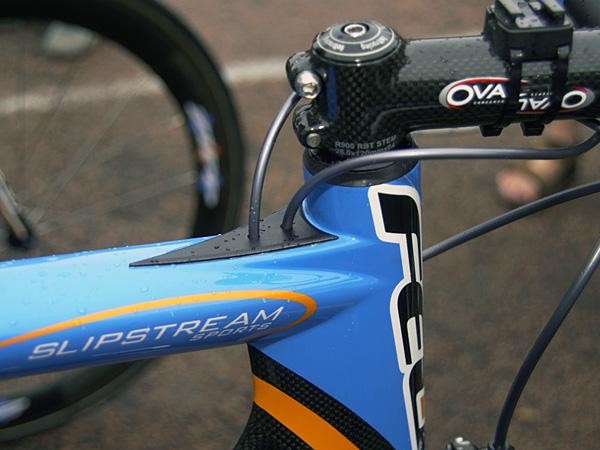


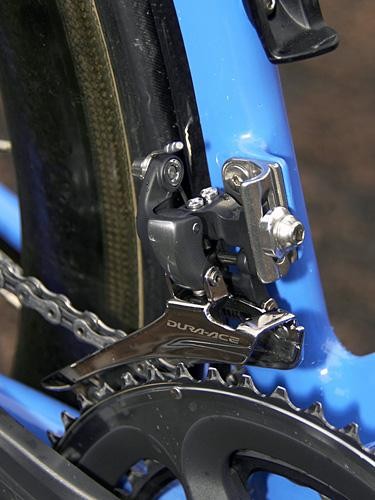
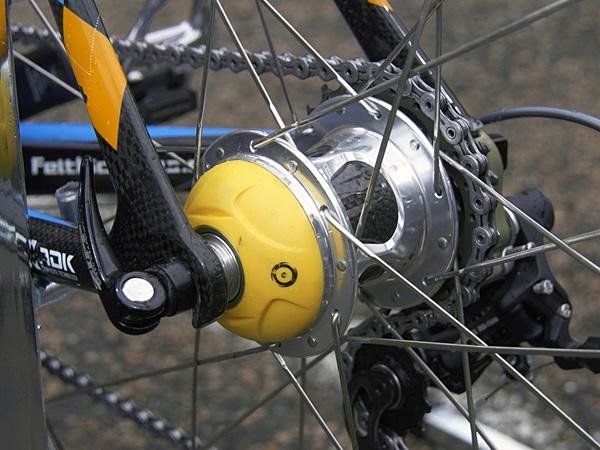


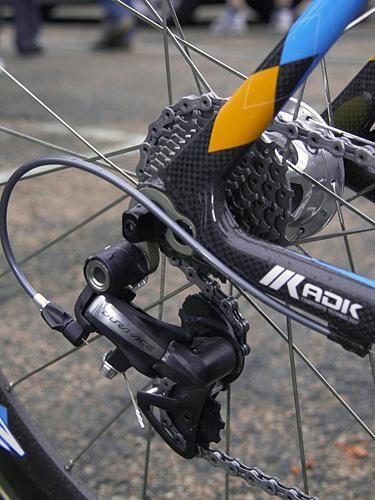
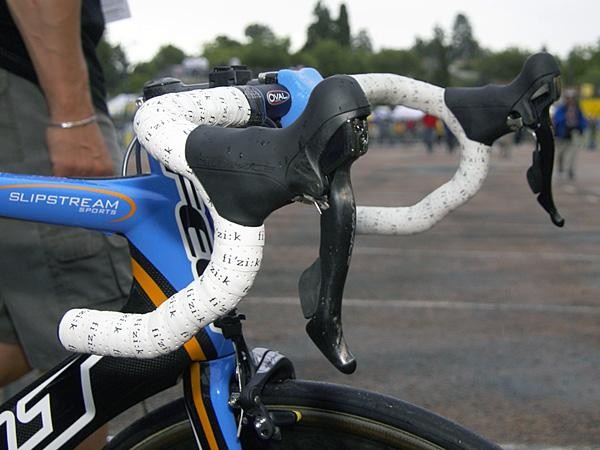


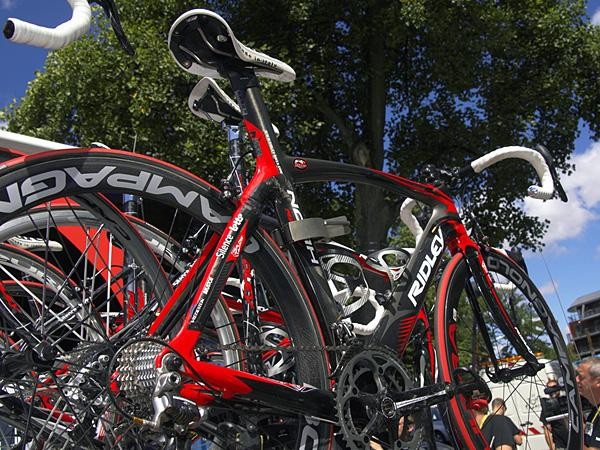
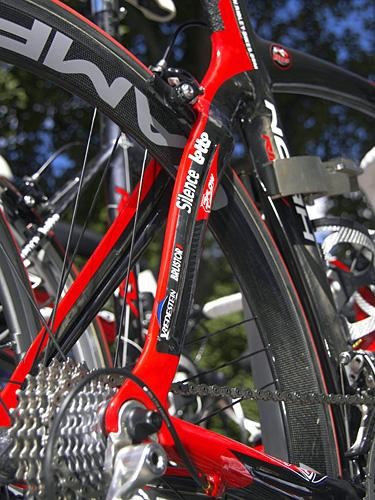


Race tech: Tour de France, July 19, 2008
The UCI's minimum weight limit of 6.8kg has had a number of interesting effects on bikes used in the pro ranks: as frame weights have plummeted over the past few years, teams and riders have become more thoughtful on where to add the grams back. While power meter use has clearly surged as a result, another distinctly growing trend is the proliferation of aero equipment, even on road stages. Once thought to be just important for time trials, riders are now realizing that saving a few watts can mean hitting the finishing climb a little fresher, staving off threatening attacks by keeping the pace that little bit higher, or even squeezing out that last little bit of top-end speed in the last 50m.
Deep-section wheels once reserved solely for races against the clock have now become de rigueur for all but the most demanding climbing stages and rims as deep as 100mm are relatively common, especially for domestiques who are often charged with pushing the pace at the front of the peloton.
Light weight has always been among the primary concerns for climbing wheels but aerodynamics is now coming into play there, too. Even on box-section hoops, non-bladed spokes are about as common as wool jerseys (Mavic's tubular carbon fiber spokes on its R-SYS model notwithstanding) and perennial aero innovator Zipp has even added its second-shaving dimples to its shallowest 202 rims, claiming it can match the aero performance of a deeper rim without the extra weight.
Other components are also getting the aero treatment. For example, Garmin-Chipotle's Julian Dean and Silence-Lotto Dario Cioni have taken to Oval Concepts' radical-looking R910 Aergo road bar, and some Garmin-Chipotle riders have even adopted Oval Concepts' wedge-shaped stem faceplates. Castelli has even supplied some of its riders with tighter-fitting clothing that leaves little extra material to flap in the breeze.
Frames and forks are arguably the hottest front in the war against the wind. Team CSC-Saxo Bank has long used Cervélo's slippery frames for road stages (the latest iteration being the sleek and light SLC-SL) with well-known success and other companies such as Felt and Ridley have more recently gotten into the game.
Felt outfitted the Garmin-Chipotle riders with its new AR1 which takes some of the lessons learned from its time trial/triathlon-specific DA and adapts them for use on the road. Borrowed features include the aero-profiled head tube and seat stays, a well-shielded rear wheel and an aero-shaped and dropped down tube that helps smooth airflow off the front wheel. Naturally, there's an aero seatpost and a well-integrated aero fork, too, and even the internally routed cables enter the frame behind the stem where the air is already 'dirty'.
Get The Leadout Newsletter
The latest race content, interviews, features, reviews and expert buying guides, direct to your inbox!
Likewise, Ridley has supplied its riders with an optional new Noah that takes the usual aero shaping one step further by directly integrating Oval Concept's unique JetStream technology. The split seat stays and fork blades are said to pull air away from the churning wheels, thus leaving them with a lower pressure area to operate in so they can spin faster. Moreover, Ridley has also fitted key leading edges of the frame with raised and serrated surfaces at key leading edges that are said to reduce drag even more.
So how much does any of this matter on the road?
"In the track tests we did with Cadel [Evans] and Greg Vanavermaet over nearly two hours at an average speed of 40kph, they used 12-15 fewer watts on average and 4bpm lower heart rate on the [new] Noah vs. the Helium," said Ridley's David Alvarez. "Robbie [McEwen] said in his tests the [new] Noah is 2kph faster in a sprint than the Helium!"
Similarly, Felt says the AR will offer a two percent energy savings "over a standard road bike when in identical conditions," which roughly translates into a 75-second lead over a one-hour ride. "I try to get the guys to ride the new bike all the time because it's faster," said Garmin-Chipotle Sports Physiologist Allen Lim.
Lim still encounters some resistance from his riders when it comes to climbing events, though, where the lower average speed may tip the balance back in favor of lighter weight (although rider psychology likely plays a role here as well). The new Felt and Ridley aero frames (and Cervélo's existing SLC-SL) still generally squeeze close to the 1kg mark but true non-aero ultralights can easily knock off 100g or more. In general, this allows enough wiggle room for the riders to run reasonably aero wheels and still hit the UCI-mandated 6.8kg weight limit.
All of this extra effort probably sounds like overkill to most of us; after all, how many of you have additional complete bikes (or even wheels) that you specifically use for flat days vs. days in the mountains? Even so, this year's Tour de France has so far demonstrated that time is of the essence and the proper equipment just might end up influencing the final outcome. As of the end of stage 13, CSC-Saxo Bank's Fränk Schleck still sits just one second behind Evans. In that sort of situation, every second counts.